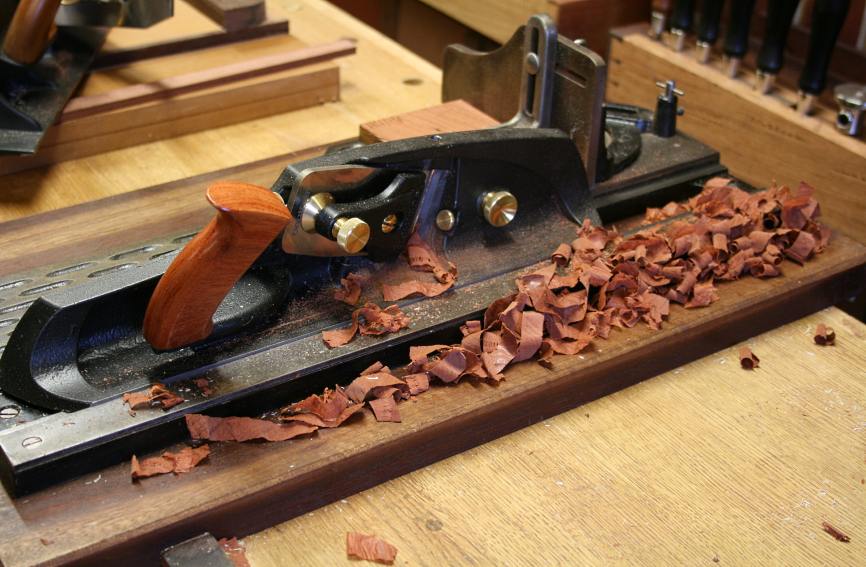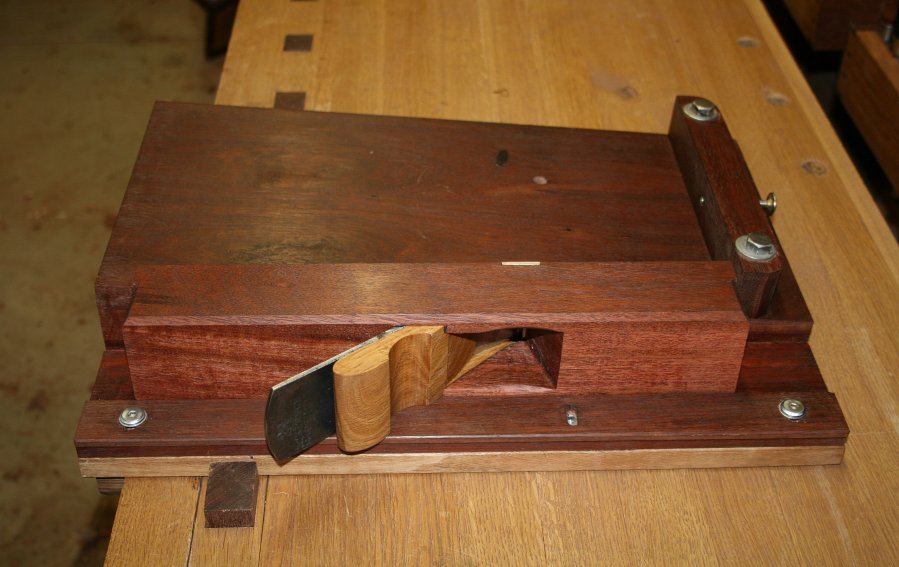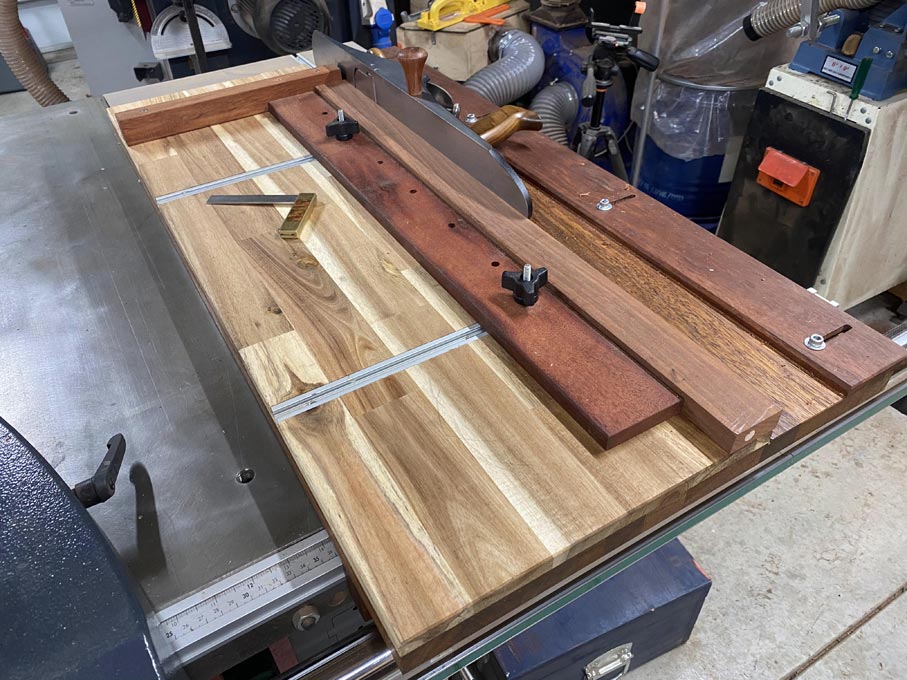badger99
Member
Hi everyone,
I am starting to build picture frames, mostly small ones 30x40cm but some larger ones also. I have received lots of great advice from this forum so far. One-piece I would like to act upon is to build a shooting board to finish/refine the miters.
Thanks in advance.
I am starting to build picture frames, mostly small ones 30x40cm but some larger ones also. I have received lots of great advice from this forum so far. One-piece I would like to act upon is to build a shooting board to finish/refine the miters.
- Does anyone have links to tutorials (worksheets or videos) to build a shooting board?
- And can anyone recommend a plane? Would a general plane be ok to use, as I’m making no more than 15 frames a year, or is it best to get a dedicated shooting plane?
Thanks in advance.



































